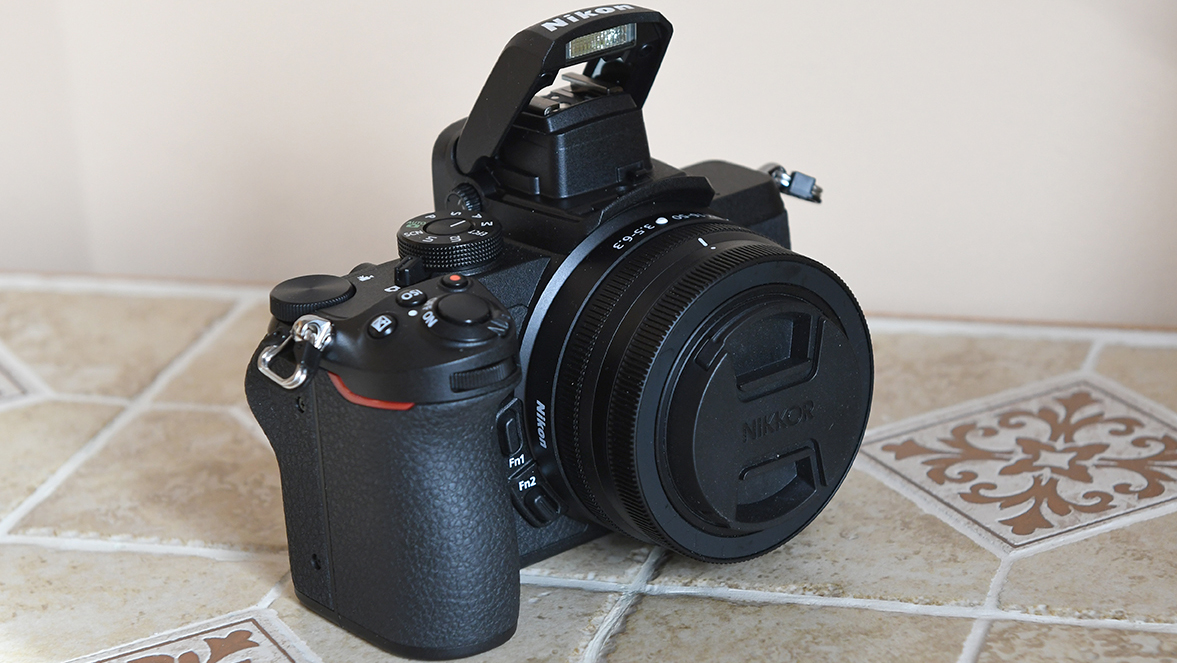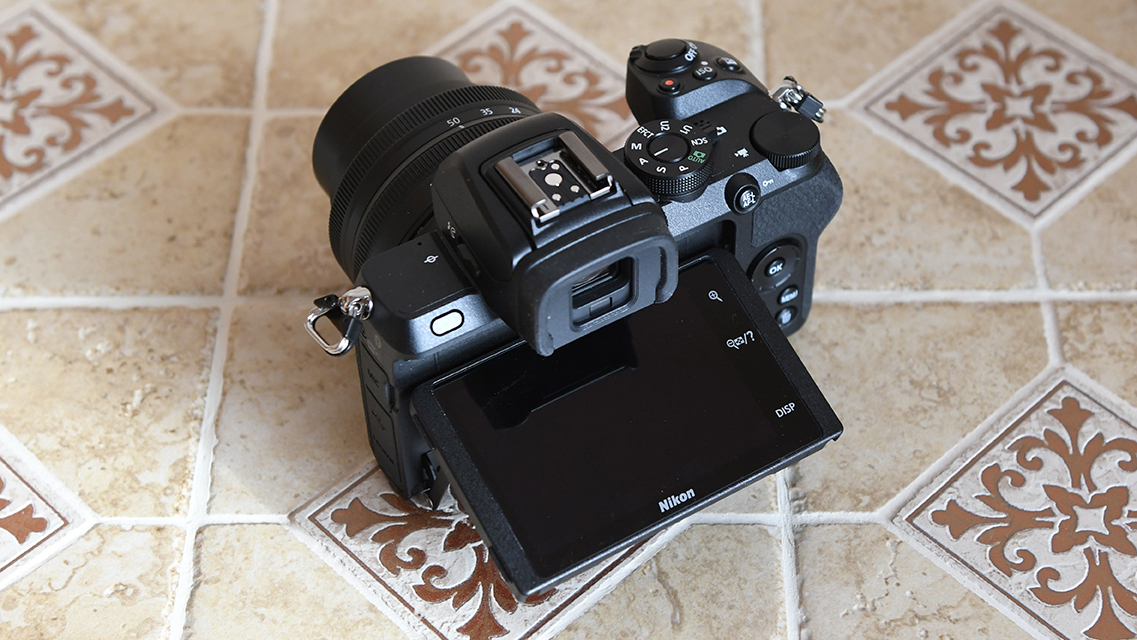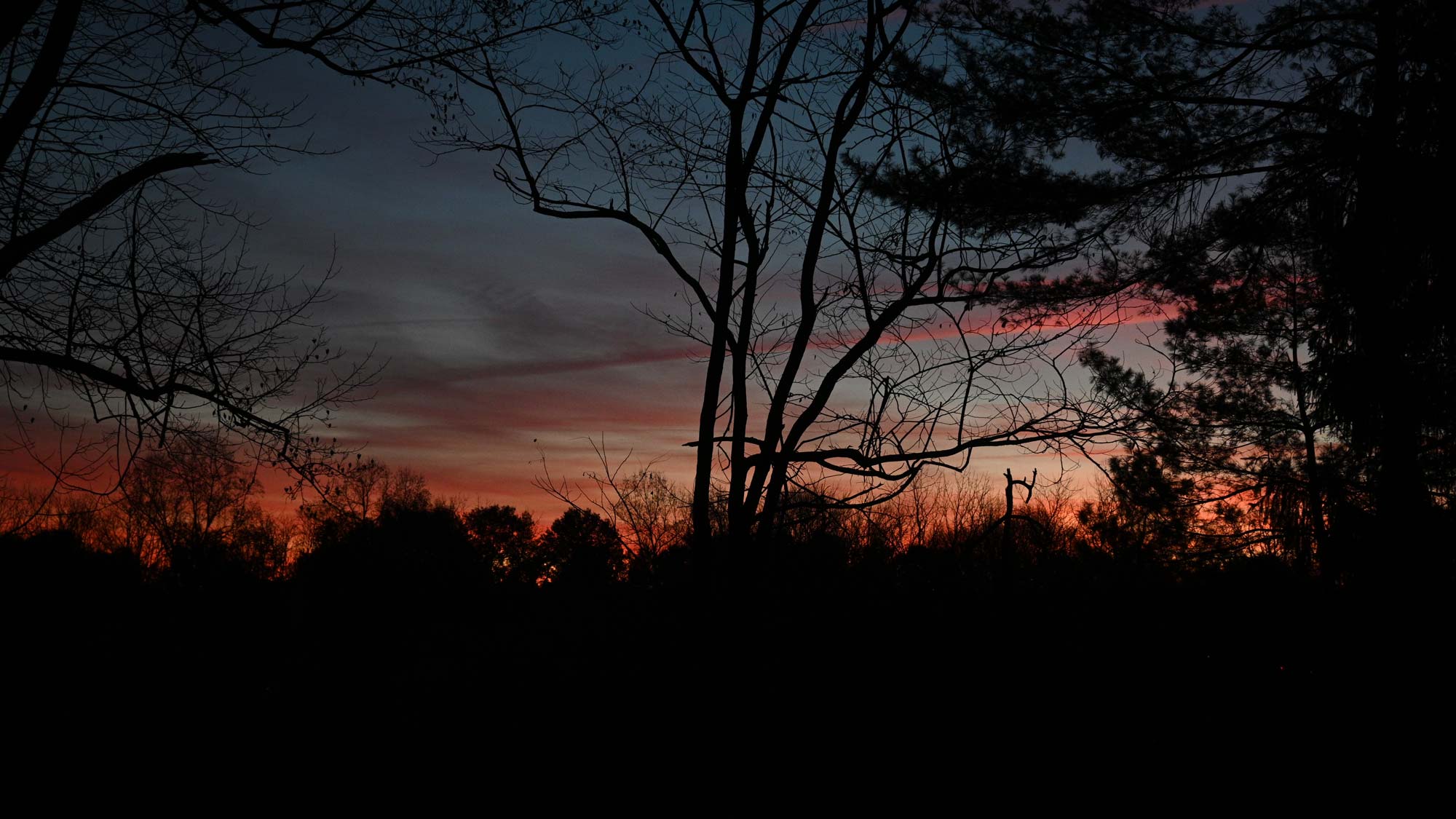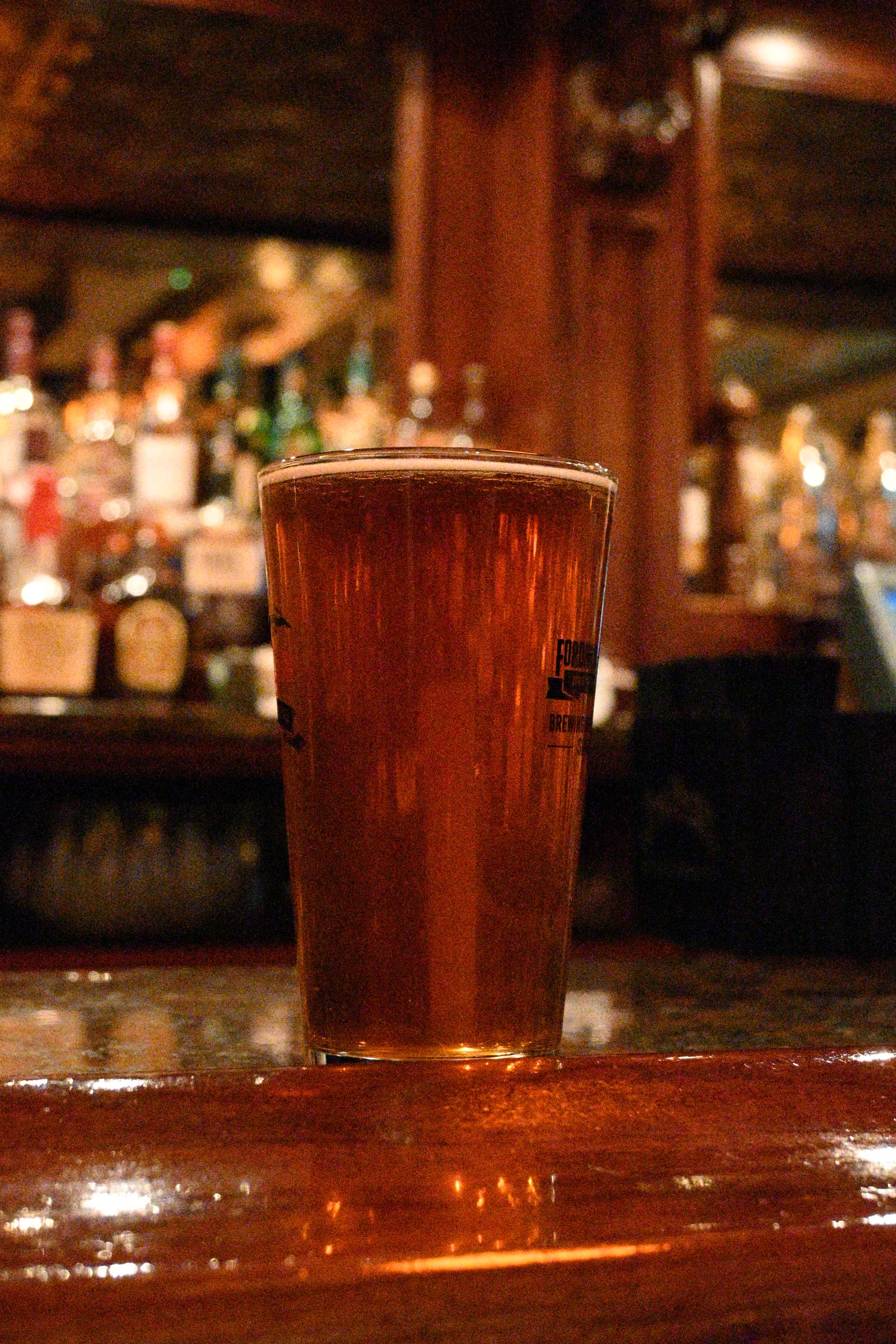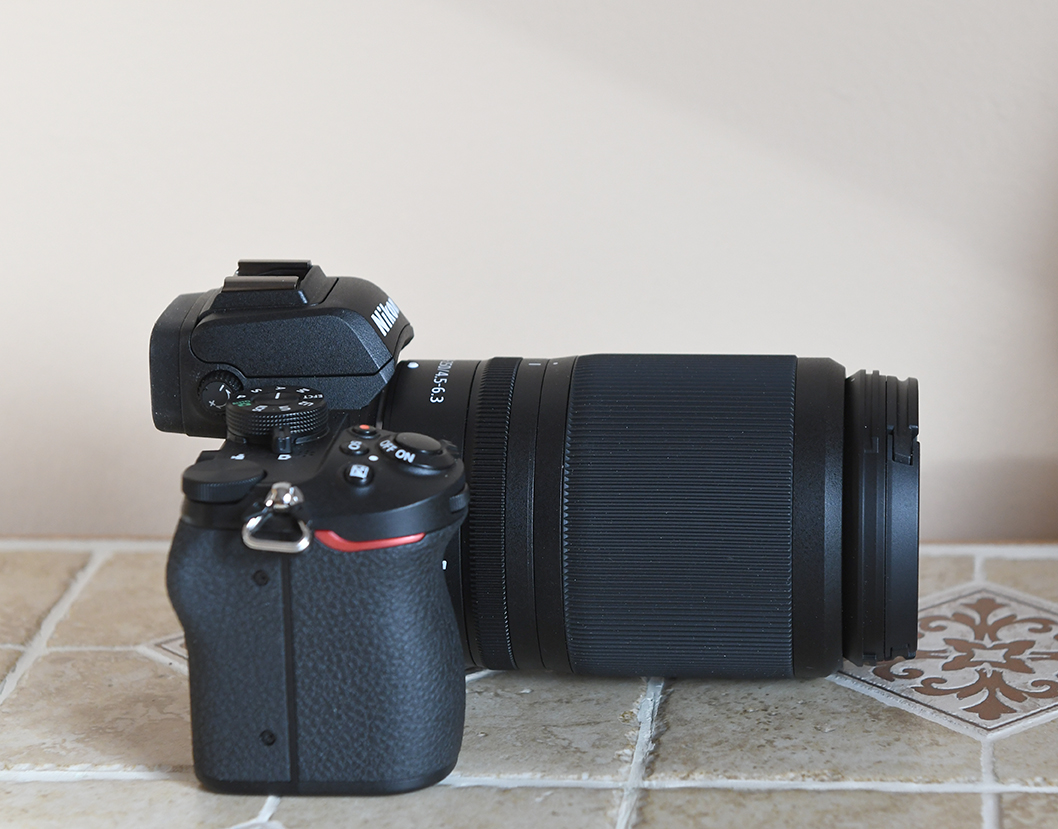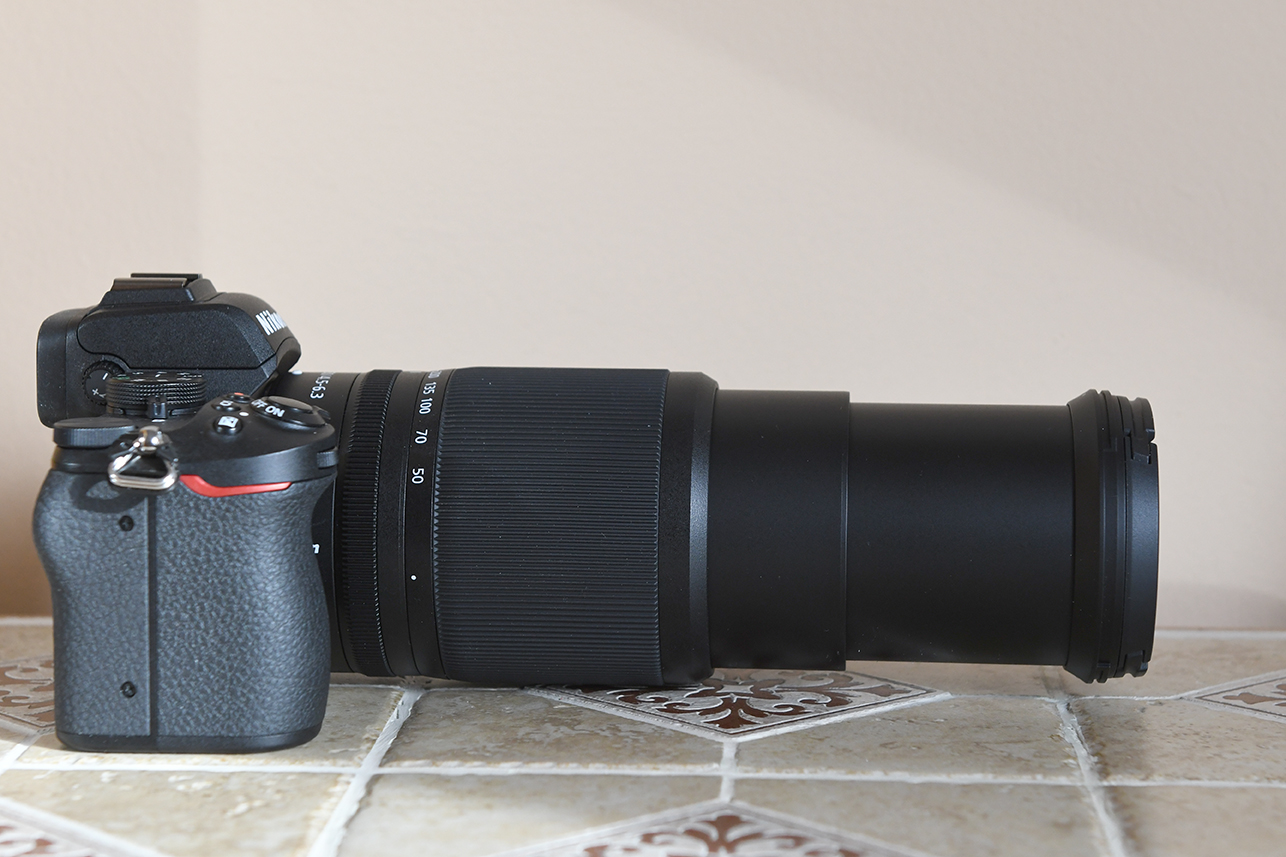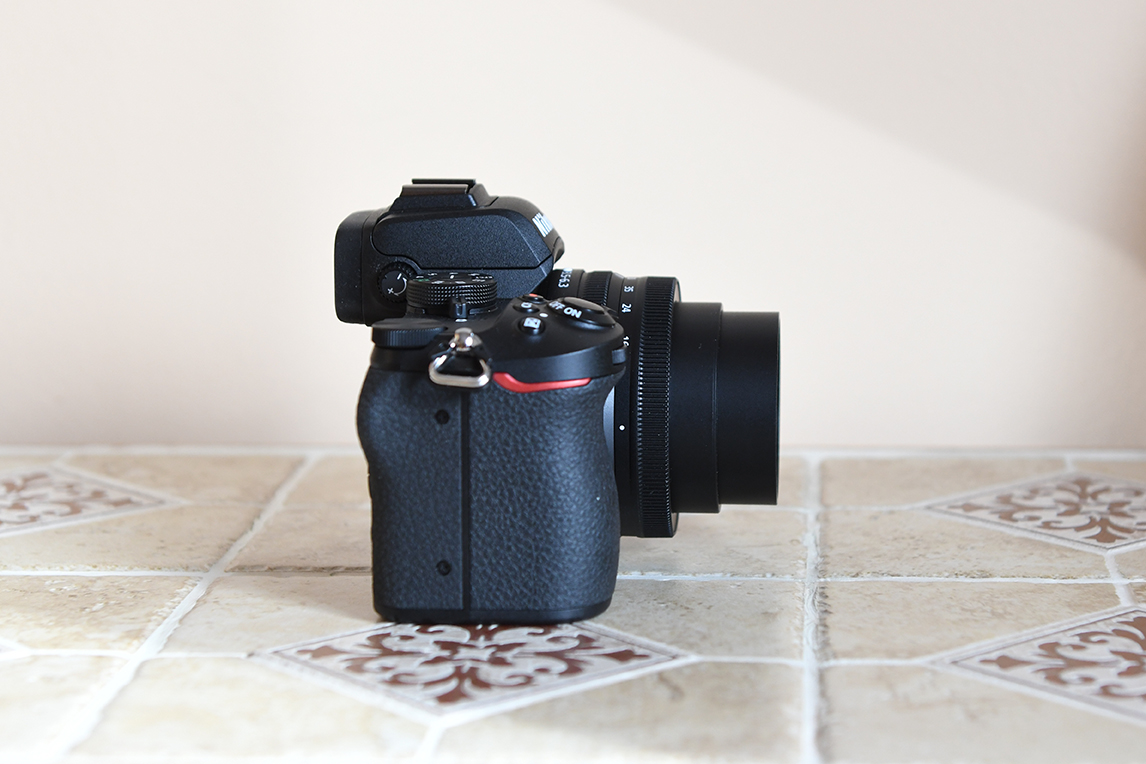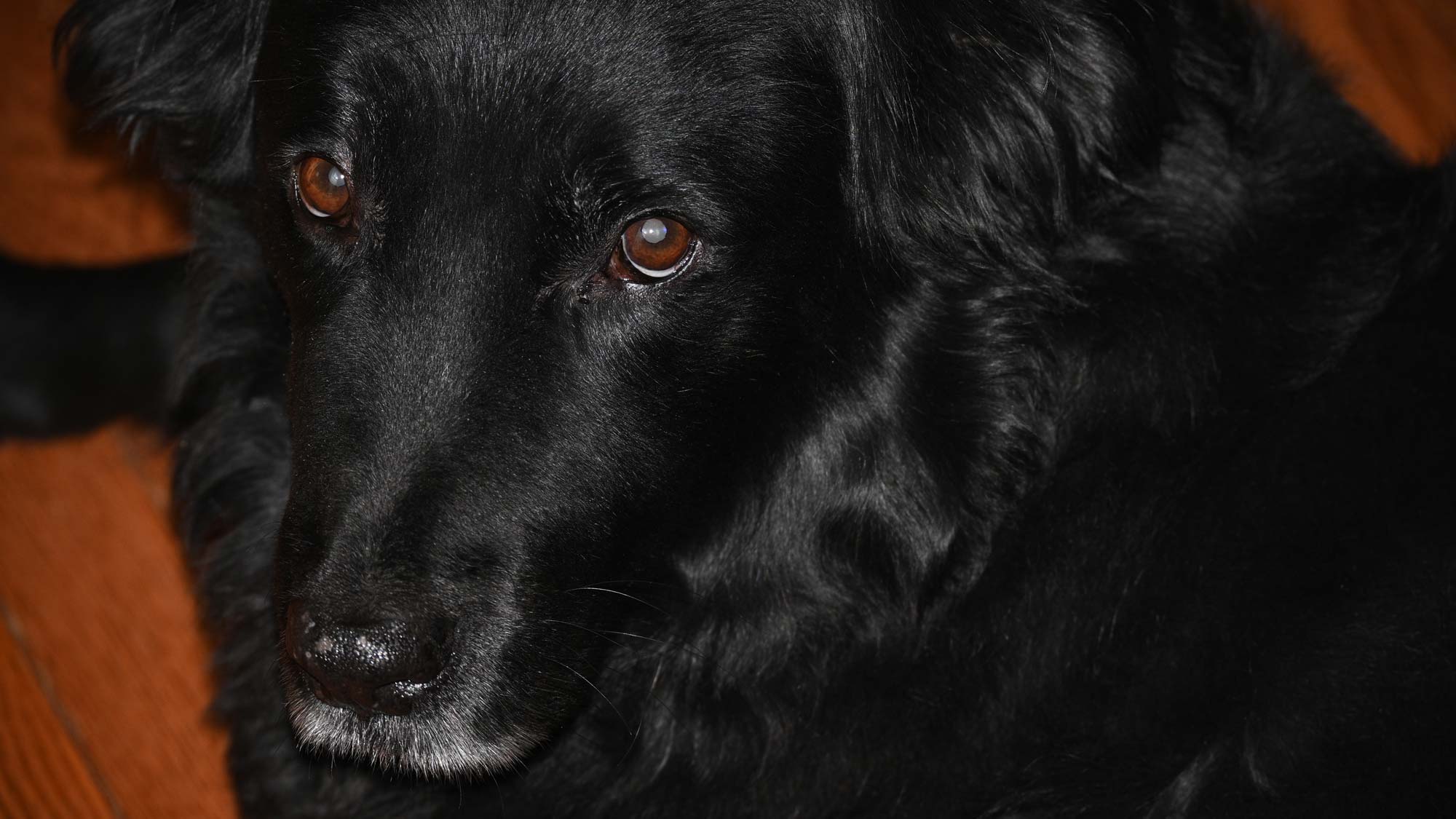Tom's Guide Verdict
The Nikon Z 50 is a great little mirrorless camera that offers more features than its entry-level designation implies.
Pros
- +
Great image quality
- +
Solid build
- +
Excellent feature set
- +
Slow-motion 4K video
Cons
- -
Flip-down LCD blocks tripod mount
- -
No in-body image stabilization
- -
Modest battery life
- -
Limited lens options
Why you can trust Tom's Guide
Nikon made a splash with the Z6 and Z7, the company's first full-frame mirrorless cameras. But what if you don't want to spend more than $1,500 on a new camera? Enter the Nikon Z 50. Like its full-frame siblings, the Z 50 offers a solid feature set, great image quality and good performance — but in a smaller form factor at a more consumer-friendly price. It's one of the best mirrorless cameras for those who want versatility, quality and ease of use in a compact body.
Nikon Z 50 price and availability
The Nikon Z 50 is available for $860 (body only); $1,000 (with the Nikkor Z DX 16-50mm f/3.5-6.3 VR lens); $1,350 (with the Nikkor Z DX 16-50mm and Nikkor Z DX 50-250mm f/4.5-6.3 VR lenses). Check the www.nikonusa.com site to see if your current camera qualifies for a special trade-in price.
Whom is this camera for?
While not quite as entry level (or inexpensive) as, say, the Sony a6000, the Nikon Z 50 is good for hobbyists and snapshooters who want to move up to a mirrorless camera with manual controls. But given the breadth of those controls, the Z 50 will appeal to more-experienced photographers as well, especially those who want a compact camera that doesn't skimp on features. And when paired with the collapsible, 16-50mm kit lens, this camera is also great for travelers.
What I liked
Solid build and good ergonomics
Thanks to its rugged magnesium-alloy construction, the Nikon Z 50 is well built and feels solid in the hand. At 14 ounces (body only), the camera is lightweight and measures a relatively compact 5.0 x 3.7 x 2.4 inches.
The deep grip provides a comfortable handhold and, combined with the camera's light weight, makes shooting with one hand easy. Positioned at a slight angle, the shutter button falls naturally under the forefinger. Dials and buttons are well placed, and while you'll find fewer dedicated controls than on the Z 50's more sophisticated siblings, the info button's on-screen menu complements the direct-ISO and exposure-compensation buttons atop the grip.
Photographers with large hands should try the camera on for size before purchasing, paying particular attention to the space between the grip and the lens barrel, and they should try changing menu settings via the touch-screen LCD.
Get instant access to breaking news, the hottest reviews, great deals and helpful tips.
Touch-screen LCD and EVF
The touch-screen LCD is responsive and fully functional. You can use it to set a focus point, select and adjust menu settings, scroll through images, and use the standard pinch gesture to zoom in and out to check focus in playback. The ability to tilt the LCD is convenient for shooting high- and low-angle shots; the screen can face forward for selfies, too (more about that in what I didn't like).
The Z 50's EVF (electronic viewfinder) is large and bright, with only minor blackout when shooting in burst mode. It's an obvious advantage over the similarly priced Canon EOS M6 Mark II, which only has an (optional) external EVF.
Very good image quality
Straight out of the camera, JPEGs were ready to use with little to no retouching. I captured most test images using the Standard Picture Control setting (other options include Auto, Neutral, Vivid, Portrait and Landscape), and colors were accurate and well saturated. The Nikon Z 50 did a good job of reproducing the pretty colors of this sunrise.
Exposure accuracy was also quite good, and while I'd like to see more detail in this duck's black feathers, the camera's matrix metering managed to balance the reflective water and the subject quite well.
Likewise, the shaded underside of this canopy was well exposed even against the bright blue sky and puffy clouds in the background.
Although other cameras may sport higher-megapixel sensors, the Z 50's 20-megapixel sensor is, in part, the reason why the camera handles high ISO so well. ISO settings range from 100-51,200, with the option of expanding light sensitivity to a 204,800 equivalent. Naturally, lower ISOs deliver better detail and overall image quality, but at ISO 6400, as shown in the Santa image below, there is very little noticeable image noise, even without noise reduction. Compare that to the close-up of a beer glass shot at ISO 51,200, and you'll see a huge difference. Keep your maximum ISO at or below 6400, and you should be fine.
Extensive feature set
Although the Nikon Z 50 is an "entry-level" camera, its feature set ranges from point-and-shoot simplicity to surprisingly advanced options for its class.
Beginners can set the mode dial to Auto or Scene and forget about the rest, while more-experienced users (or less-experienced ones who want to up their photo-shooting skills) can take advantage of manual and semimanual exposure modes; multiple AF and metering parameters; picture-control adjustments, such as sharpness, contrast and clarity; the ability to add copyright information; and a whole lot more. The menus are easy to navigate, and a tap on the question mark [?] icon provides an explanation of various features.
The Z 50 also offers a range of options allowing users to customize the camera. In addition to two user settings on the mode dial, you can also customize various buttons, dials and menus for quick access to your most-used settings.
One Nikon feature that I really like is in-camera retouching. This is especially convenient if you don't want to fuss with post-processing on your computer or if you are in a hurry to share images on social media but want to make some adjustments prior to posting. For example, you can fix red eye, straighten a photo, trim a movie and even process Raw files.
On the creative side, numerous filters and effects can be applied either when shooting (with a real-time preview of what the image will look like) or after the fact. These are divided into Effects, which are accessed via the Mode dial, or in the shooting menu under Picture Control>Creative Picture Control.
Effects contain some of the standard options, such as Pop, Toy Camera and Selective Color, while Creative Picture Control is more akin to filter effects. I captured this red door using several different Creative Picture Control filters from among the 20 options available.
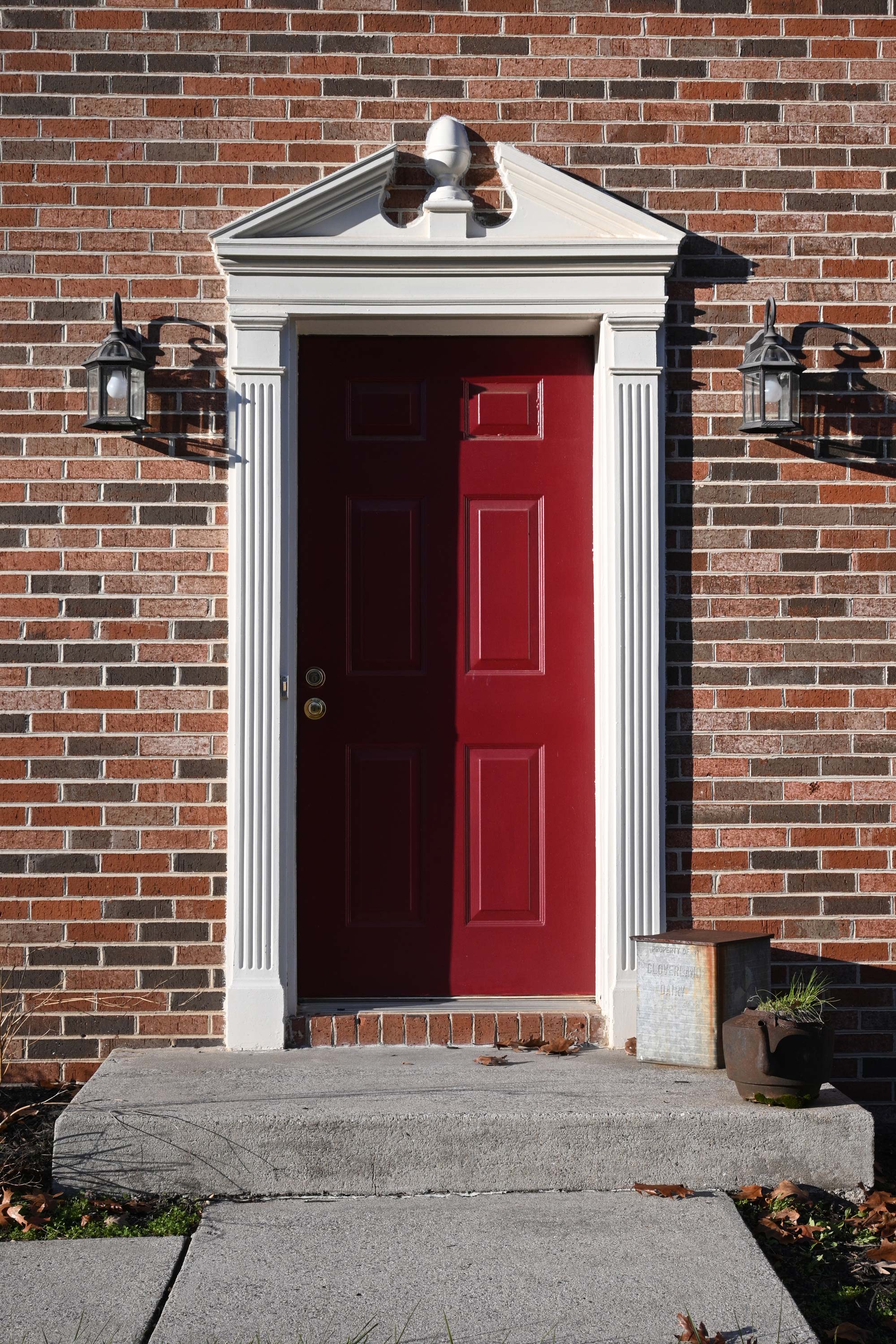
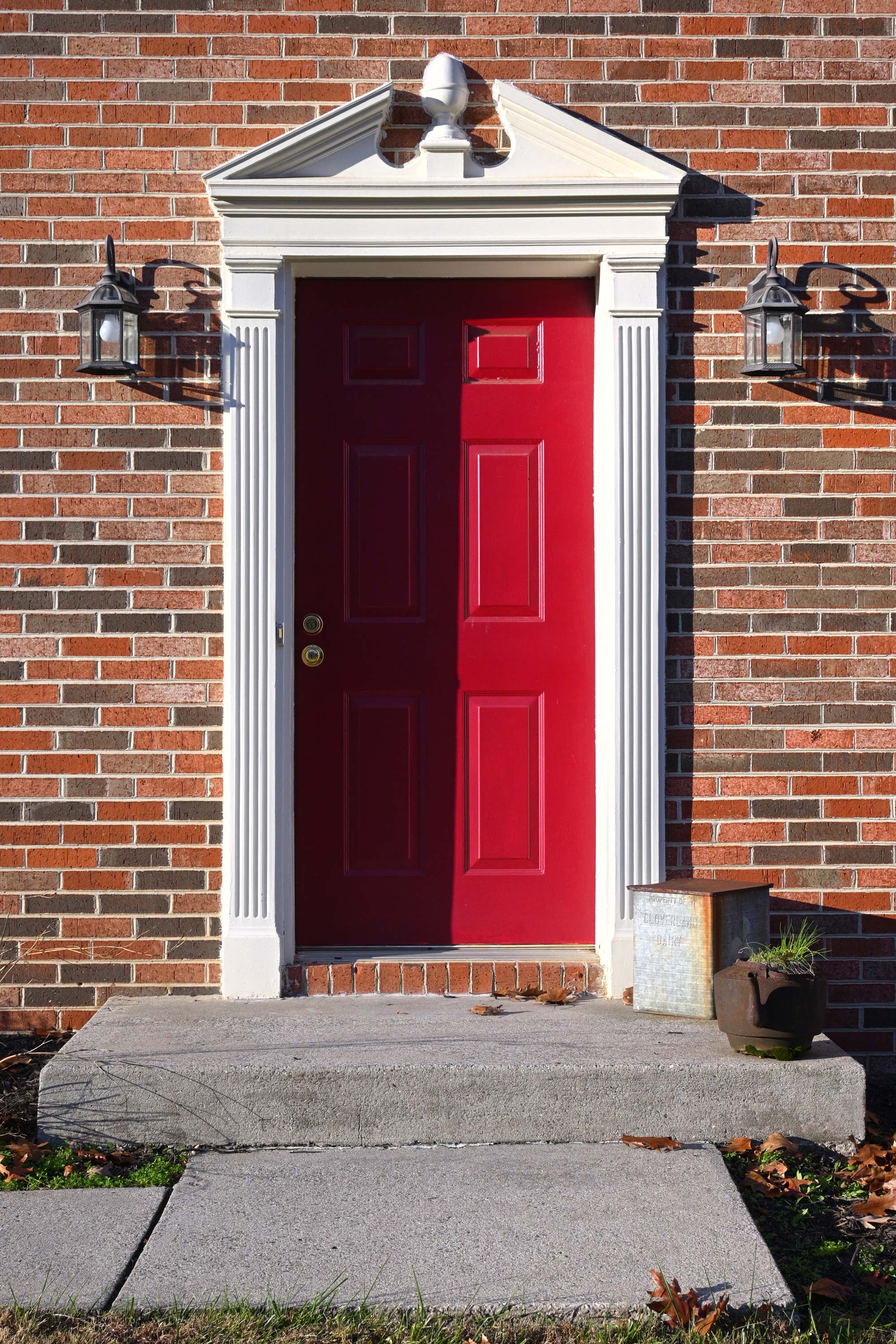
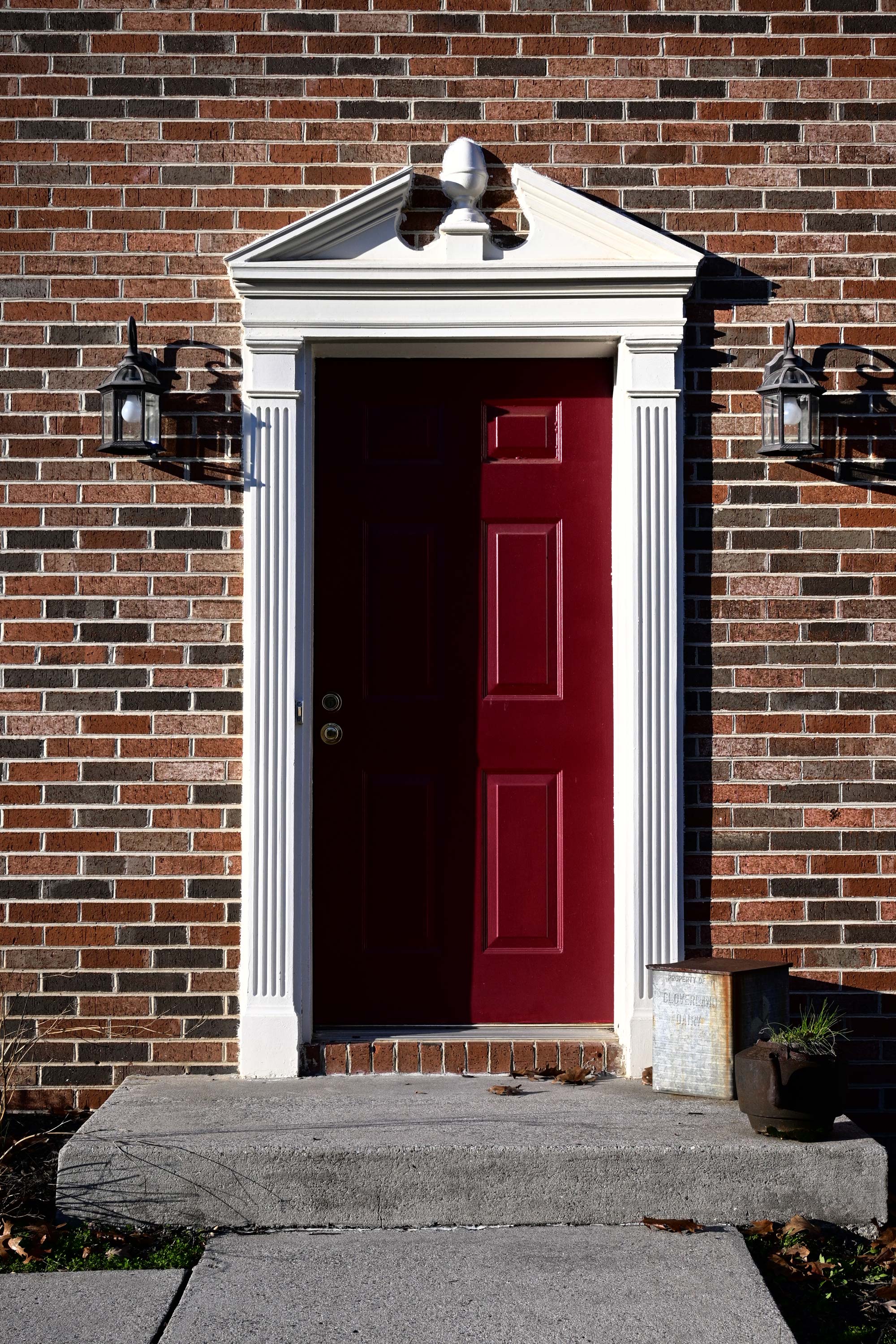
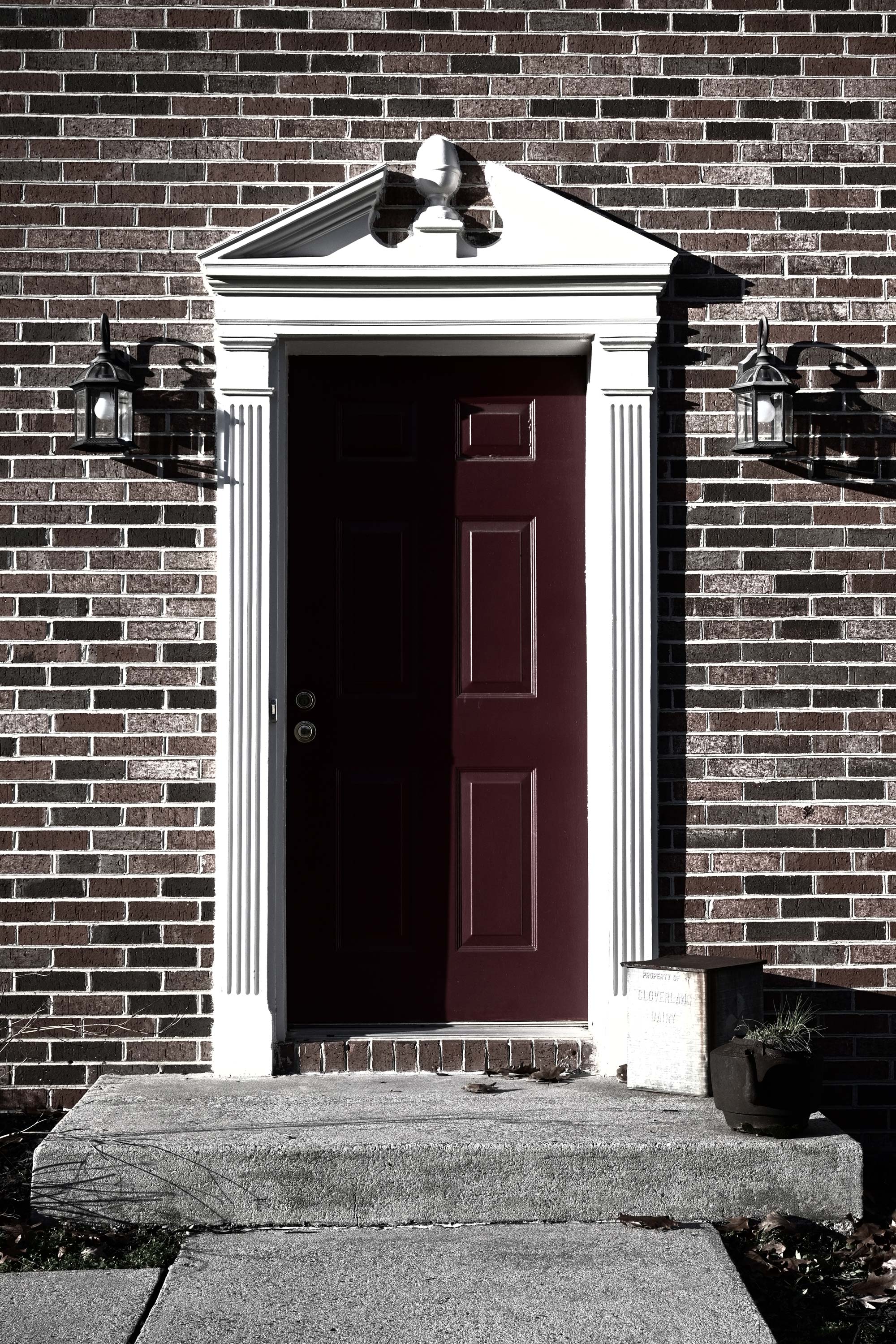
As expected, the Nikon Z 50 features Wireless and Bluetooth connectivity for Nikon's SnapBridge app. This allows you to transfer images and video to smart devices and operate the camera remotely.
Kit lenses and vibration reduction
Right now, there are only two DX-format lenses for the Z-mount but we should see more lenses along the way. Meanwhile, you can always opt for the higher-end Z-lenses (there are currently eight available) or pick up the FTZ adapter to use your F-mount Nikon lenses if you have them.
But the two kit lenses performed well, and both offer excellent optical image stabilization (although you have to turn on VR in the menu). I was able to handhold the camera with shutter speeds as slow as 1/40th second, as shown in the Christmas tree photo below (I normally try to keep shutter speed at 1/100th second or above).
Because the Z 50 is built around an APS-C crop sensor, you need to multiply the focal length by 1.5 to get the 35mm equivalent. So, for example, the 16-50mm lens works out to 24-75mm, which delivers more telephoto reach than the numbers imply. I'm especially fond of the 16-50mm lens, because it's compact when in its collapsed state and gives you a good, all-around focal length. It's wide enough to photograph a group of people or a landscape but long enough to zoom in for an individual portrait or a relative close-up of wildlife.
Good performance
Autofocus was generally responsive and accurate, even in moderate low light. Eye and facial detection worked well, too. The camera's pretty speedy, as well, able to clock up to 11 frames per second in continuous shooting, with autofocus.
In low light, the camera quickly focused on this dog's face, and with some fill light from the small pop-up flash, you can see that the animal's eye and fur were sharply rendered.
Video quality
In addition to 4K video at 30/25/24 fps, the Nikon Z 50 offers full HD (1920 x 1080) at 120/100/60/50/30/25/24 fps. The 4K footage shot at 24 fps is good, albeit not quite as smooth as I had hoped, but exposure and color rendering were pleasing.
As a bonus, full HD can also be recorded in slow motion, at 30 or 25 fps x 4 or 24 fps x5. And not surprisingly, Nikon offers Time-Lapse Movie and an interval timer, too. Although there's no separate input for an external microphone or headset, the camera has a well-rounded feature set for motion.
What I didn't like
Given the long list of what I did like, it's no surprise that the negatives are few and far between. There are some things that I wish were included, but because of the price and the Nikon Z 50's compact design, I understand that the company was mindful of the camera's cost and size when omitting those features.
That said:
No in-body image stabilization
Although both kit lenses are equipped with effective optical image stabilization, we prefer the freedom of lens choices provided by in-body image stabilization (IBIS). The higher-end Nikon Z 6 and Z 7 offer IBIS, as do mirrorless cameras such as the Sony a6500 and the Olympus OM-D E-M5 III, so I've gotten used to having this feature in many of the mirrorless cameras I've tested.
Single card slot
The Nikon Z 50 has just one card slot, located in the battery compartment. You may not want or need a backup, but a set of dual card slots is one of those features that helps you avoid losing images in the event of a card failure.
More puzzling is that the single card slot supports only UHS-1 cards. While reading and writing to the card didn't cause any logjams, it's surprising that UHS-II cards are not supported, especially with 4K video.
Tilting LCD and selfies
If given the option, I'll take a fully articulating LCD over a tilting one like that of the Nikon Z 50. But a tilting LCD is more useful than a fixed monitor, and the Z 50's 3.2-inch LCD is definitely a plus. But folding down the LCD so it faces forward at the bottom of the camera is a bit problematic. This placement feels a little awkward when you're taking a selfie, but more importantly, that position makes it impossible to use the tripod socket for a selfie stick or a tripod or monopod, effectively rendering this feature useless for vloggers.
Bottom line
Entry-level DSLRs may be more affordable than most mirrorless cameras, but with the popularity of mirrorless continuing to grow, you've likely at least thought about going mirrorless. And whether or not you already have Nikon lenses, the Nikon Z 50 should be on your radar thanks to its great image quality and broad feature set. The two-lens kit is a great value, and between the two lenses, the combined focal lengths cover just about every situation you'll encounter, from wide angle to telephoto.
If you fancy more megapixels and a slightly smaller body, check out the 32-megapixel Canon EOS M6 Mark II. At $1,100 for a single lens kit, it's competitively priced and also offers good image quality and performance. But the EVF connects via the hot shoe, negating this camera's smaller body size, and I much prefer the Nikon Z 50's built-in viewfinder. And perhaps more importantly, the Nikon Z 50's feature set outshines that of the Canon model.
Alternatively, the compact, 20-megapixel Olympus OM-D E-M5 ($1,200 body only) will put a slightly bigger dent in your wallet if you don't already have Olympus lenses. But that device is a full-featured mirrorless camera and offers five-axis IBIS. However, there's no built-in flash, so there's a trade-off there. Check out the competition to find the model that best meets your needs, but right now, the Nikon Z50 is one of the best mirrorless cameras around.
Theano Nikitas is a freelance journalist and photographer. She's been writing about photography for more than 20 years, contributing countless reviews of cameras, lenses, accessories and software packages to Tom's Guide. Her work has also appeared in dozens of other magazines and websites, including CNET, DPreview, PopPhoto, Professional Photographer and Shutterbug.

